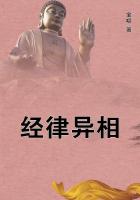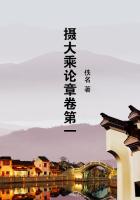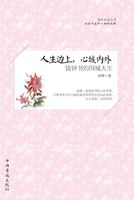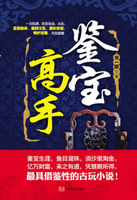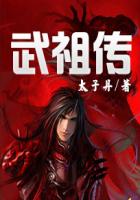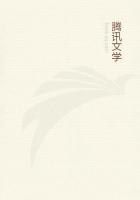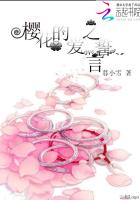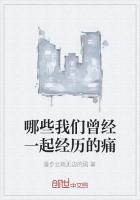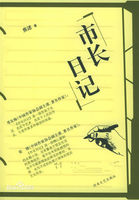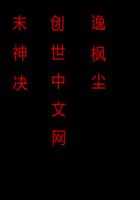Hence there are only three kinds of fine art: the art of speech, formative art, and the art of the play of sensations (as external sense impressions).This division might also be arranged as a dichotomy, so that fine art would be divided into that of the expression of thoughts or intuitions, the latter being subdivided according to the distinction between the form and the matter (sensation).It would, however, in that case appear too abstract, and less in line with popular concepztions.
(1) The arts of speech are rhetoric and poetry.Rhetoric is the art of transacting a serious business of the understanding as if it were a free play of the imagination; poetry that of conducting a free play of the imagination as if it were a serious business of the understanding.
Thus the orator announces a serious business, and for the purpose of entertaining his audience conducts it as if it were a mere play with ideas.The poet promises merely an entertaining play with ideas, and yet for the understanding there enures as much as if the promotion of its business had been his one intention.The combination and harmony of the two faculties of cognition, sensibility and understanding, which, though doubtless indispensable to one another, do not readily permit of being united without compulsion and reciprocal abatement, must have the appearance of being undesigned and a spontaneous occurrence-otherwise it is not fine art.For this reason what is studied and laboured must be here avoided.For fine art must be free art in a double sense: i.e., not alone in a sense opposed to contract work, as not being a work the magnitude of which may be estimated, exacted, or paid for, according to a definite standard, but free also in the sense that, while the mind, no doubt, occupies itself, still it does so without ulterior regard to any other end, and yet with a feeling of satisfaction and stimulation (independent of reward).
The orator, therefore, gives something which he does not promise, viz., an entertaining play of the imagination.On the other hand, there is something in which he fails to come up to his promise, and a thing, too, which is his avowed business, namely, the engagement of the understanding to some end.The poet's promise, on the contrary, is a modest one, and a mere play with ideas is all he holds out to us, but he accomplishes something worthy of being made a serious business, namely, the using of play to provide food for the understanding, and the giving of life to its concepts by means of the imagination.
Hence the orator in reality performs less than he promises, the poet more.
(2) The formative arts, or those for the expression of ideas in sensuous intuition (not by means of representations of mere imagination that are excited by words) are arts either of sensuous truth or of sensuous semblance.The first is called plastic art, the second painting.Both use figures in space for the expression of ideas: the former makes figures discernible to two senses, sight and touch (though, so far as the latter sense is concerned, without regard to beauty), the latter makes them so to the former sense alone.The aesthetic idea (archetype, original) is the fundamental basis of both in the imagination; but the figure which constitutes its expression (the ectype, the copy) is given either in its bodily extension (the way the object itself exists) or else in accordance with the picture which it forms of itself in the eye (according to its appearance when projected on a flat surface).Or, whatever the archetype is, either the reference to an actual end or only the semblance of one may be imposed upon reflection as its condition.
To plastic art, as the first kind of formative fine art, belong sculpture and architecture.The first is that which presents concepts of things corporeally, as they might exist in nature (though as fine art it directs its attention to aesthetic finality).
The second is the art of presenting concepts of things which are possible only through art, and the determining ground of whose form is not nature but an arbitrary end-and of presenting them both with a view to this purpose and yet, at the same time, with aesthetic finality.In architecture the chief point is a certain use of the artistic object to which, as the condition, the aesthetic ideas are limited.In sculpture the mere expression of aesthetic ideas is the main intention.Thus statues of men, gods, animals, etc., belong to sculpture; but temples, splendid buildings for public concourse, or even dwelling-houses, triumphal arches, columns, mausoleums, etc., erected as monuments, belong to architecture, and in fact all household furniture (the work of cabinetmakers, and so forth-things meant to be used) may be added to the list, on the ground that adaptation of the product to a particular use is the essential element in a work of architecture.On the other hand, a mere piece of sculpture, made simply to be looked at and intended to please on its own account, is, as a corporeal presentation, a mere imitation of nature, though one in which regard is paid to aesthetic ideas, and in which, therefore, sensuous truth should not go the length of losing the appearance of being an art and a product of the elective will.

